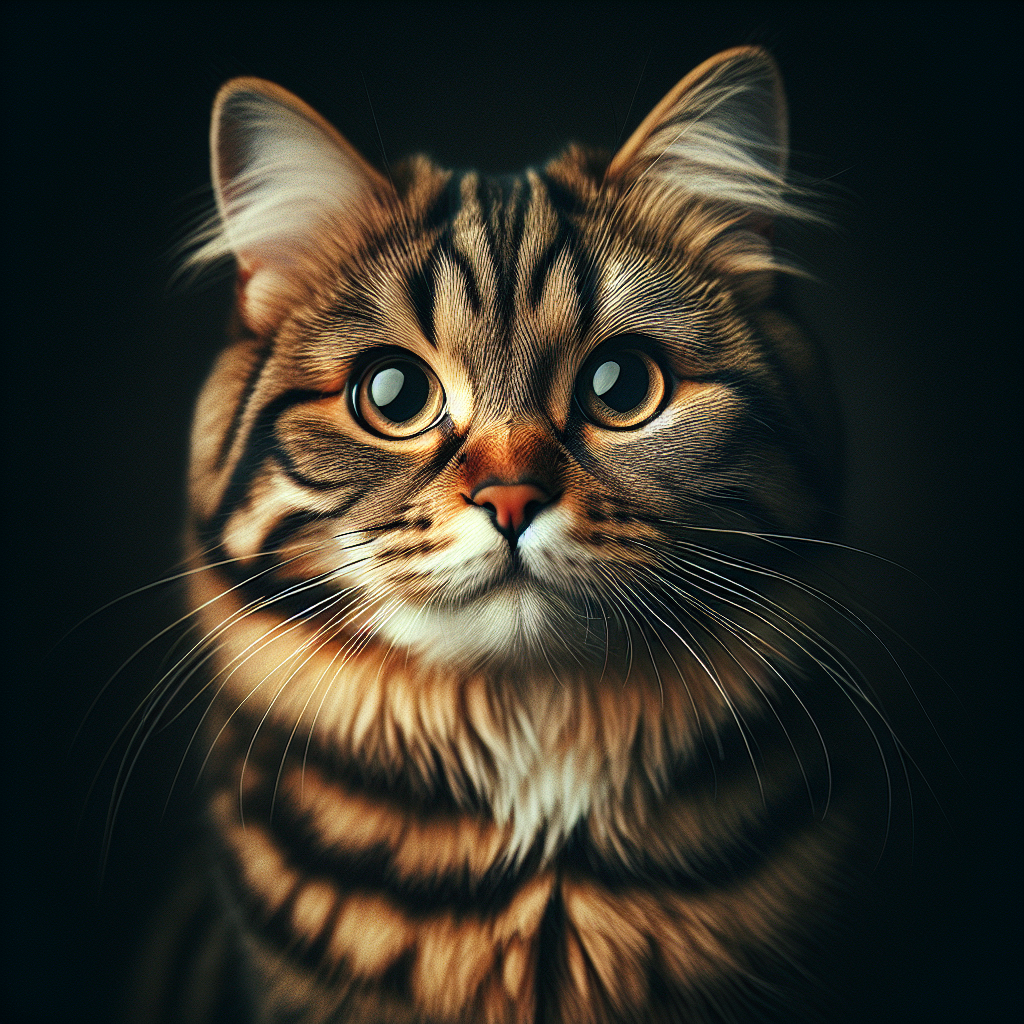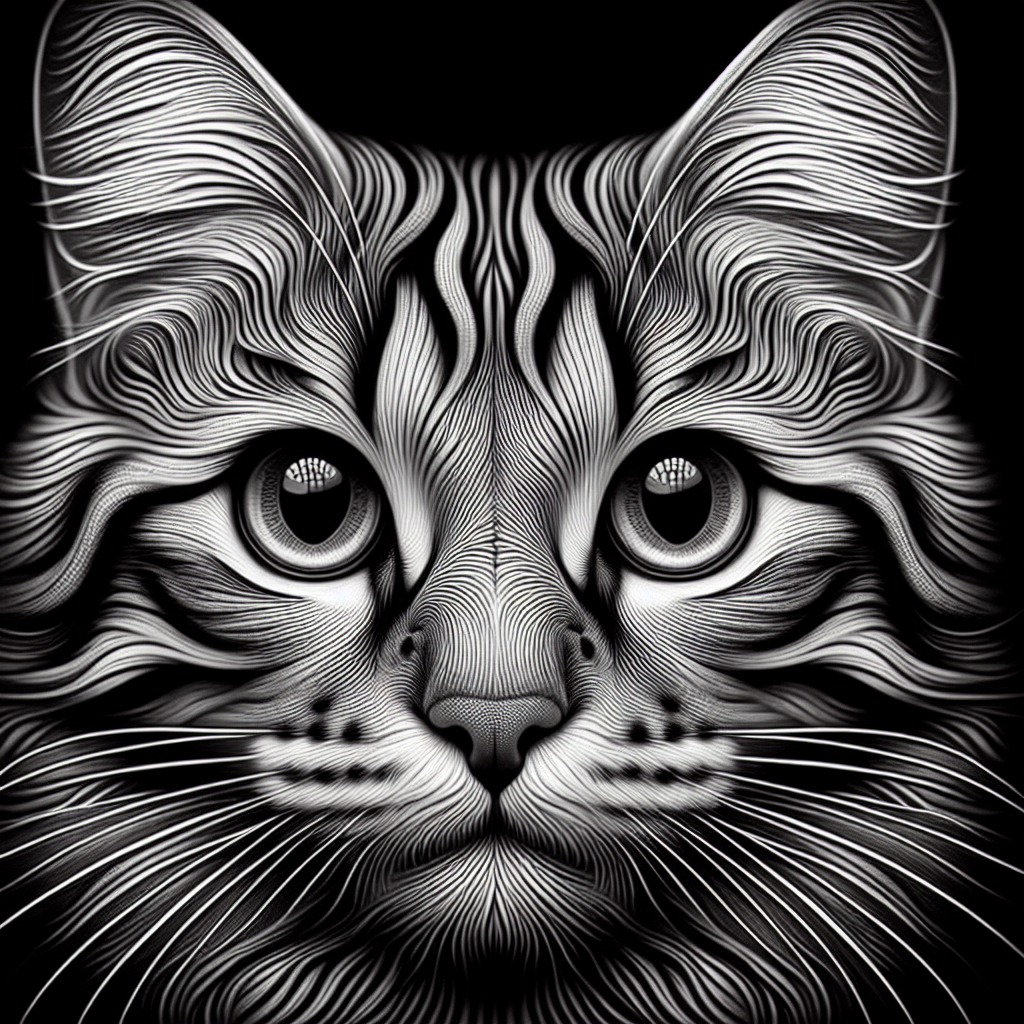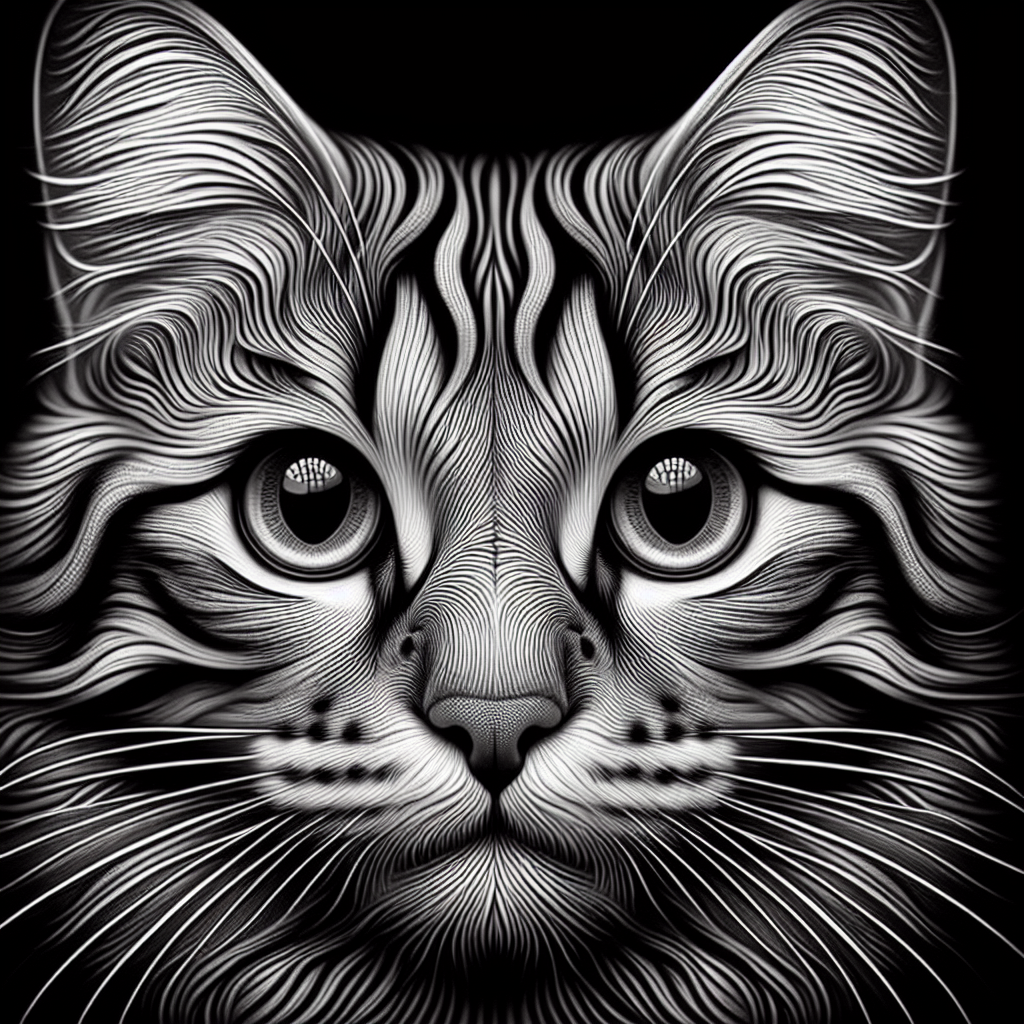Tabby cats have become quite popular in recent years, and it’s not hard to see why. With their distinctive striped or marbled coats, tabby cats are adored by cat lovers around the world. Their charm and friendly nature make them the perfect addition to any family. But just how common are tabby cats? Well, it turns out that tabby cats are the most common type of domestic cat, accounting for almost 80% of all cats. So, if you’re looking for a furry friend that is both adorable and easy to find, a tabby cat might be just the companion you’re looking for.

Characteristics of Tabby Cats
Coat Patterns
Tabby cats are easily recognizable by their distinct coat patterns. The most common pattern is the classic tabby pattern, which consists of swirls or stripes on their fur. Another popular pattern is the mackerel tabby, characterized by narrow vertical stripes that resemble fishbones. There is also the ticked tabby pattern, where the individual hairs are striped or banded with multiple colors. Lastly, the spotted tabby pattern features round or oval spots on the cat’s coat.
Colors
Tabby cats come in a wide range of colors, including brown, gray, black, and orange. The color of their coat can vary greatly, from light and muted shades to vibrant and bold hues. Some tabbies even have a combination of colors in their coat, making them even more visually striking.
Physical Features
Aside from their distinctive coat patterns and colors, tabby cats share common physical traits. They typically have a medium-sized body, with a well-rounded face and expressive eyes. Their ears are often erect and slightly rounded at the tips. Tabby cats also have a strong and agile build, allowing them to be active and playful.
History and Origins
Origins of the Tabby Pattern
The tabby pattern is believed to have originated in ancient Egypt. It is said to be linked to the wild African wildcat, which had a coat pattern similar to that of modern tabby cats. As domestication took place, this pattern became more prevalent in domestic cats, resulting in the variety of tabby patterns we see today.
Historical Depictions of Tabby Cats
Throughout history, tabby cats have been celebrated and depicted in various cultures. In ancient Egypt, they were considered sacred animals and were often depicted in hieroglyphs and artwork. During the Middle Ages in Europe, tabby cats were associated with witchcraft, leading to their persecution during the witch trials. However, in some cultures, such as Japan, tabby cats were revered and believed to bring good luck and fortune.
Tabby Cats in Popular Culture
Famous Tabby Cats in Movies and TV Shows
Tabby cats have also made their mark in popular culture through their appearances in movies and TV shows. One notable example is Garfield, the lovable and lazy tabby cat who has captured the hearts of millions around the world. Another famous tabby cat is Mrs. Norris from the Harry Potter series, who plays a crucial role as Argus Filch’s loyal companion.
Tabby Cats in Literature and Art
Tabby cats have inspired many authors and artists throughout history. From T.S. Eliot’s “Old Possum’s Book of Practical Cats” to Charles Dickens’ “Dick Whittington and His Cat,” tabby cats have been portrayed as beloved and memorable characters in literature. They have also been the subject of numerous paintings and sculptures, showcasing their beauty and charm.
Tabby Cats as Pets
Temperament and Personality Traits
Tabby cats are known for their friendly and outgoing nature. They are often described as sociable and affectionate, making them excellent companions for individuals and families alike. Tabby cats are also known to be highly intelligent and curious, always ready to explore their surroundings and engage in interactive play. Their playful and social nature makes them a joy to have as pets.
Interaction with Other Pets
Tabby cats generally get along well with other pets, including dogs and other cats. With proper introductions and socialization, they can form strong bonds with their furry friends. Their easygoing nature allows them to adapt to different households and coexist with other animals, making them a great addition to multi-pet households.
Caring for Tabby Cats
Caring for a tabby cat involves providing them with proper nutrition, regular grooming, and veterinary care. Their coats may require occasional brushing to keep them clean and free from mats. As with any cat, tabby cats also need a stimulating environment with plenty of toys and opportunities for play and exercise. Regular check-ups with a veterinarian and vaccinations are important to ensure their overall health and well-being.

Health and Genetics
Common Health Issues
Like all cats, tabby cats can be prone to certain health issues. Some common health concerns include obesity, dental problems, and urinary tract issues. Regular veterinary check-ups, a balanced diet, and dental care can help prevent or manage these conditions. It’s also important to be aware of any breed-specific health issues that may affect certain types of tabby cats.
Genetic Considerations
The tabby pattern is a result of genetic variations. Genetic factors determine the specific coat pattern and coloration of a tabby cat. Understanding the genetics behind these variations can help breeders produce specific patterns and colors. Genetic research continues to unravel the complexities of tabby cat genetics, contributing to our knowledge of how certain traits are inherited and expressed.
Tabby Cats in Different Countries
Tabby Cats as National Symbols
In some countries, tabby cats hold special cultural significance and are considered national symbols. For example, in Malaysia, the Malaysian Cat, which is a spotted tabby cat, is recognized as a national symbol and is highly revered. These tabby cats are believed to bring good fortune and protection to their owners.
Cultural Perceptions of Tabby Cats
Tabby cats also hold cultural significance in various countries. In Japan, the Maneki-neko, a common talisman in the form of a beckoning cat, often features a tabby cat with one paw raised. It is believed to bring good luck and prosperity to its owner. In other cultures, tabby cats are seen as symbols of resilience, adaptability, and independence.
Controversies and Misconceptions
Perception of Tabby Cats as Strays
One common misconception surrounding tabby cats is that they are often associated with stray cats. This may be due to the fact that many stray cats have tabby coat patterns. However, it is important to remember that not all tabby cats are strays, and many are loving pets that bring joy to their owners’ lives.
Superstitions and Myths about Tabby Cats
Tabby cats have been the subject of various superstitions and myths throughout history. In some cultures, they are believed to possess magical powers or be associated with luck, both good and bad. One example is the belief that a tabby cat crossing your path is a sign of bad luck, while in other cultures, it is considered a sign of good fortune. These superstitions, although interesting, are not based on factual evidence.
Breeding and Showing Tabby Cats
Breeding Standards
When it comes to breeding tabby cats, there are specific standards that breeders follow. These standards outline the desired characteristics of the coat pattern, colors, and overall conformation of the cat. By adhering to these standards, breeders aim to produce cats that exemplify the ideal attributes of a specific tabby breed.
Recognized Breeds
Several cat breeds are known for their tabby coat patterns. Some popular tabby breeds include the Maine Coon, Abyssinian, Bengal, and British Shorthair. Each breed has its own unique tabby pattern and characteristics. Recognized breed standards ensure that these cats are bred and shown according to specific criteria.
Cat Shows and Competitions
Tabby cats often participate in cat shows and competitions, where they are judged based on breed-specific standards. These events provide an opportunity to showcase the beauty and unique qualities of tabby cats. Cat shows also serve as a platform for breeders, exhibitors, and enthusiasts to come together and share their passion for these remarkable felines.
Tabby Cats and Genetics Research
Genetic Studies on Tabby Patterns
Genetic research has made significant advancements in understanding the complexity of tabby patterns. Scientists have identified specific genes that influence the tabby coat patterns and colors. These studies not only contribute to our knowledge of cat genetics but also have broader implications for understanding the genetics of coat patterns in other animals.
Evolutionary Significance of Tabby Cats
The tabby pattern and its variations have been observed in wild and domestic cats, suggesting an underlying evolutionary significance. It is believed that the tabby pattern may have provided camouflage benefits for wild cats, helping them blend into their natural habitats. The pattern’s prevalence in domestic cats further supports its adaptive and advantageous nature.
Summary and Conclusion
Tabby cats are a beloved and iconic feline breed known for their distinct coat patterns, colors, and friendly personalities. With their rich history, cultural significance, and contributions to popular culture, tabby cats hold a special place in our hearts. As pets, they bring joy, companionship, and a dash of playfulness to our lives. And as subjects of genetic research, they continue to offer insights into the fascinating world of feline genetics. Whether you are a cat enthusiast, a fan of art and literature, or simply looking for a loyal and affectionate companion, a tabby cat might just be the perfect match for you.

